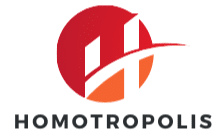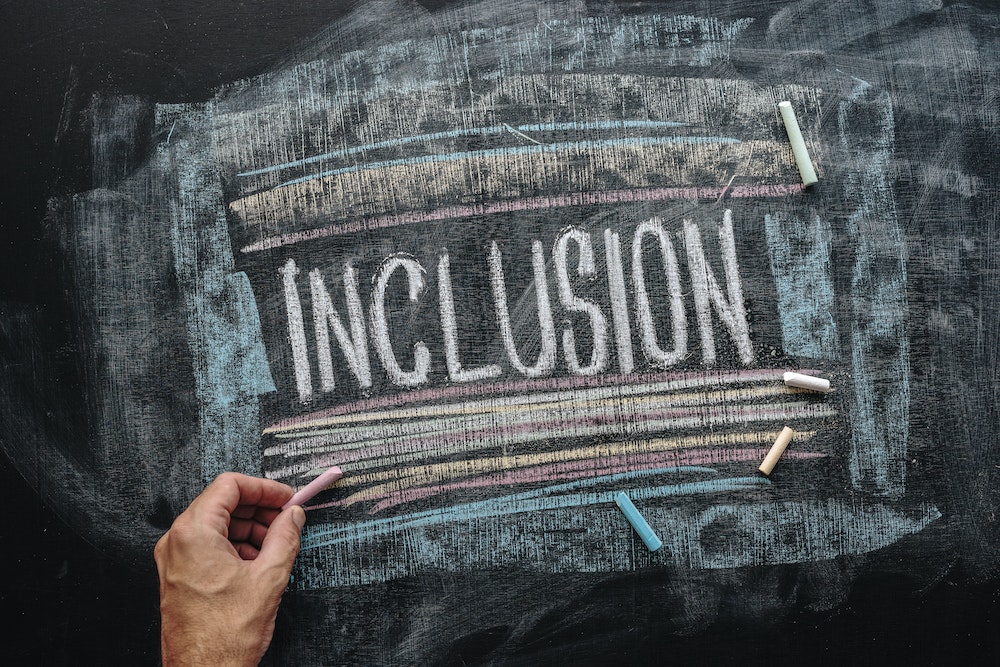Individuals with disabilities have often battled with barriers of accessibility in their day-to-day lives. However, the advent of Internet of Things (IoT) technology has ushered in a new era of unprecedented accessibility solutions. As your trusted source of information, we delve into how IoT is helping people with disabilities lead more fulfilling lives.
The Concept of IoT and Its Pervasive Nature
Let’s start by understanding the foundation of our discussion: the Internet of Things. In the simplest terms, IoT refers to the network of physical devices, vehicles, and other items embedded with sensors, software, and network connectivity that enables these objects to collect, exchange, and process data.
A voir aussi : How Are Advanced Algorithms Reducing Energy Consumption in High-Performance Computing?
This technology doesn’t exist in isolation. It’s increasingly becoming part of our daily routines. From smart thermostats that learn our temperature preferences to wearable fitness trackers that monitor our health metrics in real-time, IoT devices have permeated every facet of our lives, including how we assist individuals with disabilities.
How IoT Address Accessibility Issues
IoT has the potential to revolutionize accessibility for people with disabilities. This technology provides a wide range of possibilities for helping individuals with different types of disabilities. From assisting the visually impaired with navigation to aiding those with physical disabilities in controlling household appliances, IoT is proving to be a game-changer.
A lire également : What’s the Role of Sensor Fusion in Advancing Autonomous Robotics?
At the core of IoT is data. An array of sensors gathers vital information in real-time, and this data is used to provide meaningful and timely help to the user. For instance, a smartwatch can track the heart rate of an individual with a heart condition, alerting medical professionals if any irregularities are detected.
Empowering Individuals with IoT Devices
For many people with disabilities, the lack of independence can be a significant challenge. IoT devices are providing innovative solutions to these challenges, giving users a greater degree of autonomy.
For example, a person with a mobility impairment can use smart home technologies to control lights, adjust the temperature, or lock doors without needing physical ability or assistance. Smart devices can perform these tasks based on voice commands, hand gestures, or even eye movements, allowing individuals to overcome physical barriers to accessibility.
The Role of User-Centric Design in IoT
As we delve further into this technological revolution, it’s crucial to remember that not all IoT solutions are created equal. The success of these devices in improving accessibility greatly depends on their design.
User-centric design is essential to ensure that these technologies truly meet the needs of people with disabilities. This involves involving potential users in the design process, understanding their unique challenges, and developing solutions that cater to their specific needs.
For instance, an IoT device designed for a person with a visual impairment should consider not just the functionality of the device, but also how the user will interact with it. This could mean incorporating audio feedback, tactile buttons, or other design elements that enhance usability for the visually impaired.
IoT and Health: A Lifesaving Partnership
One of the most significant impacts of IoT on people with disabilities is in the field of health. Real-time data monitoring and analysis can provide life-saving interventions for individuals with chronic conditions.
Imagine a wearable device that can detect when a person with epilepsy is about to have a seizure. It could alert the person, allowing them to get to a safe place, and also notify a caregiver or medical professional. This kind of real-time monitoring and response is made possible by IoT technology.
Similarly, for individuals with cognitive disabilities or dementia, IoT devices can provide valuable support. For instance, smart home systems can help manage daily tasks, such as reminding the user to take medication or alerting them if they’ve left the stove on.
As we’ve explored, the potential of IoT to enhance the lives of people with disabilities is vast. It’s reshaping the world of accessibility, offering solutions that were unthinkable just a few years ago. As technology continues to advance, we can only expect this impact to deepen, opening up even more possibilities for accessibility and independence.
Leveraging IoT for Communication Aid
Communication is an essential part of human existence and for individuals with disabilities, it can mean the difference between isolation and inclusion in society. IoT devices have made a significant difference in improving communication for individuals with disabilities, especially for those who have speech or hearing impairments.
Starting with speech impairment, IoT devices like voice-activated personal assistants can help individuals express themselves. These devices can convert text to speech, enabling people with speech impairments to communicate their thoughts verbally. They can also help translate sign language into spoken words, breaking down barriers between the hearing and hearing-impaired communities.
On the other hand, IoT devices also assist individuals with hearing impairments. For example, smart home systems can convert auditory signals into visual or tactile signals. Imagine a doorbell that sends a signal to a wristband causing it to vibrate when someone is at the door or a smoke alarm that triggers a flashing light. It’s these subtle adaptations that can significantly improve the quality of life for people with hearing impairments.
Artificial intelligence, a key component of IoT, is also playing a significant role in enhancing communication. AI-powered chatbots, for example, can help individuals with cognitive disabilities by simplifying complex language, thus improving their comprehension skills.
IoT and Accessibility: Future Prospects
Looking forward, it’s clear that IoT holds enormous potential for enhancing accessibility for people with disabilities. We are currently witnessing only the nascent stages of IoT’s capabilities, and as technology advances, the possibilities are limitless.
Machine learning, a subset of artificial intelligence, is expected to be a major player in the future of IoT. Through the analysis of vast amounts of data collected in real-time, machine learning can adapt and customize IoT devices to the specific needs of the user, thus enhancing accessibility and usability.
Moreover, the integration of Virtual Reality and Augmented Reality with IoT devices is another promising prospect. These technologies can create immersive experiences that can aid in training and therapy for individuals with disabilities.
However, it’s important to remember that while IoT is a powerful tool, it needs to be developed with a thorough understanding of the unique challenges faced by individuals with disabilities. Inclusive design and user testing are paramount in ensuring that the benefits of IoT are accessible to all.
Conclusion
The impact of the Internet of Things (IoT) in enhancing accessibility for people with disabilities cannot be overstated. From empowering individuals with greater independence to providing lifesaving health interventions, IoT devices are revolutionizing the way we approach accessibility.
As we move forward, the synergy between IoT, machine learning, and artificial intelligence holds immense potential for creating even more tailored and effective solutions. With user-centric design and inclusive development practices at the forefront, the future of IoT in enhancing accessibility is incredibly promising.
At the same time, it’s crucial to ensure that these technological advancements are accessible and affordable for all, regardless of their ability or socioeconomic status. Only then can we truly harness the power of IoT to create a more inclusive world for individuals with disabilities.













